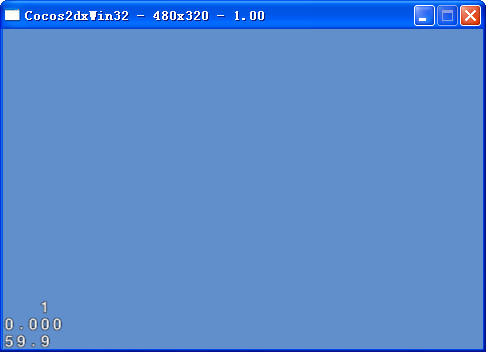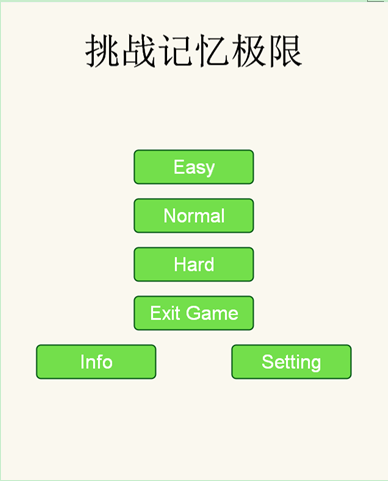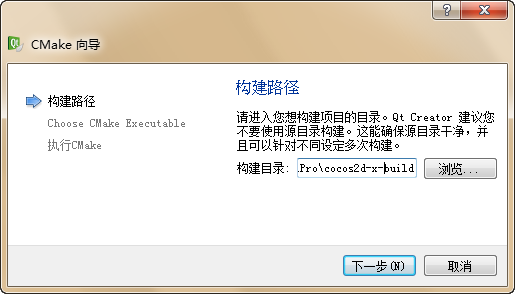一、.json加载,对于下列形式
[["key","value"]
,["hot_update_version",0]
,["totallv",120]
,["releaseversion",1.5]
]
一般通过std::string data =FileUtils::getInstance()->getStringFromFile(filename); 通过文本rapidjson::Document doc;
doc.Parse<rapidjson::kParseDefaultFlags>(data.c_str()); 解析data。
解析之后doc应该是一个数组形式的,而且是一个二维数组(或者说是一个矩阵形式)。
如果解析没有错误,可以通过doc.size()取得总行数,然后通过rapidjson::Value &v=doc[i]取得每一列的值,它也是一个数组,v.size()取得总列数,通过const auto& value = v[index];取得具体的值,这个值可能是NULL,可能是int,可能是string,可以通过value.IsNull()、value.Isstring()、value.IsInt()判断并通过value.GetString()或value.GetInt()等获取该值。
对于下列形式
"sNow" : [
[ 2,3,7 ],
[ 2,8 ],
[ 3,7,7 ]
],
"cirrus" : [
[ 4,4 ]
],
"down" : [ 1,2,4,5,6 ],
"target" : [
[2,1,3]
],
"targetscore" : 1000,
"moves" : 15
一般通过
//获取行数
static const string tileKey = "sNow";
auto rowLen = DICTOOL->getArrayCount_json(json,tileKey.c_str());
for (int row = 0; row < rowLen; ++row){
//获取行的值
const auto& rowValue = DICTOOL->getDictionaryFromArray_json(json,tileKey.c_str(),row);
//遍历行的值
for (rapidjson::SizeType col = 0; col < rowValue.Size(); ++col ){
//取得具体值
if ( rowValue[col].GetInt() ){
}else{
}
}
}
const auto& moves = DICTOOL->getIntValue_json(json,"moves",0);
_moveCounting = moves;
.json文件的生成,通过定义Json::Value root,Json::Valueitem,item.append(1),item.append(2),
root["test"].append(item),最终通过
// 缩进输出
Json::StyledWriter sw;
ofstream os;
os.open(sLevelPath);
os << sw.write(root);
os.close();
二、.plist加载,一般通过ValueMap dict = FileUtils::getInstance()->getValueMapFromFile(filename);获取最外层的ValueMap,该valuemap里面可以嵌套其他valuemap,获取内部嵌套的其他valuemap,可以这样获取,auto dataIter =dict.find("data"),(此时dataIter相当于一个Value),通过判断if(dataIter != dict.cend()&&dataIter->second.getType()==Value::Type::MAP){const auto& data = dataIter->second.asValueMap();}
.plist生成,一般通过
/*
* Use tinyxml2 to write plist files
*/
bool FileUtils::writetoFile(ValueMap& dict,const std::string &fullPath)
三、.xml加载,
函数static tinyxml2::XMLElement* getXMLNodeForKey(const char* pKey,tinyxml2::XMLElement** rootNode,tinyxml2::XMLDocument **doc)
tinyxml2::XMLDocument* xmlDoc = new tinyxml2::XMLDocument();
*doc = xmlDoc;
std::string xmlBuffer = FileUtils::getInstance()->getStringFromFile(UserDefault::getInstance()->getXMLFilePath());
if (xmlBuffer.empty())
{
cclOG("can not read xml file");
break;
}
xmlDoc->Parse(xmlBuffer.c_str(),xmlBuffer.size());
// get root node
*rootNode = xmlDoc->RootElement();
if (nullptr == *rootNode)
{
cclOG("read root node error");
break;
}
// find the node
curNode = (*rootNode)->FirstChildElement();
while (nullptr != curNode)
{
const char* nodeName = curNode->Value();
if (!strcmp(nodeName,pKey))
{
break;
}
curNode = curNode->NextSiblingElement();
}
if (curNode)
{
if (curNode->FirstChild())
{
curNode->FirstChild()->SetValue(pValue);
}
else
{
tinyxml2::XMLText* content = doc->NewText(pValue);
curNode->LinkEndChild(content);
}
}
else
{
if (rootNode)
{
tinyxml2::XMLElement* tmpNode = doc->NewElement(pKey);//new tinyxml2::XMLElement(pKey);
rootNode->LinkEndChild(tmpNode);
tinyxml2::XMLText* content = doc->NewText(pValue);//new tinyxml2::XMLText(pValue);
tmpNode->LinkEndChild(content);
}
}
//.xml生成
// save file and free doc
if (doc)
{
doc->SaveFile(UserDefault::getInstance()->getXMLFilePath().c_str());
delete doc;
}




